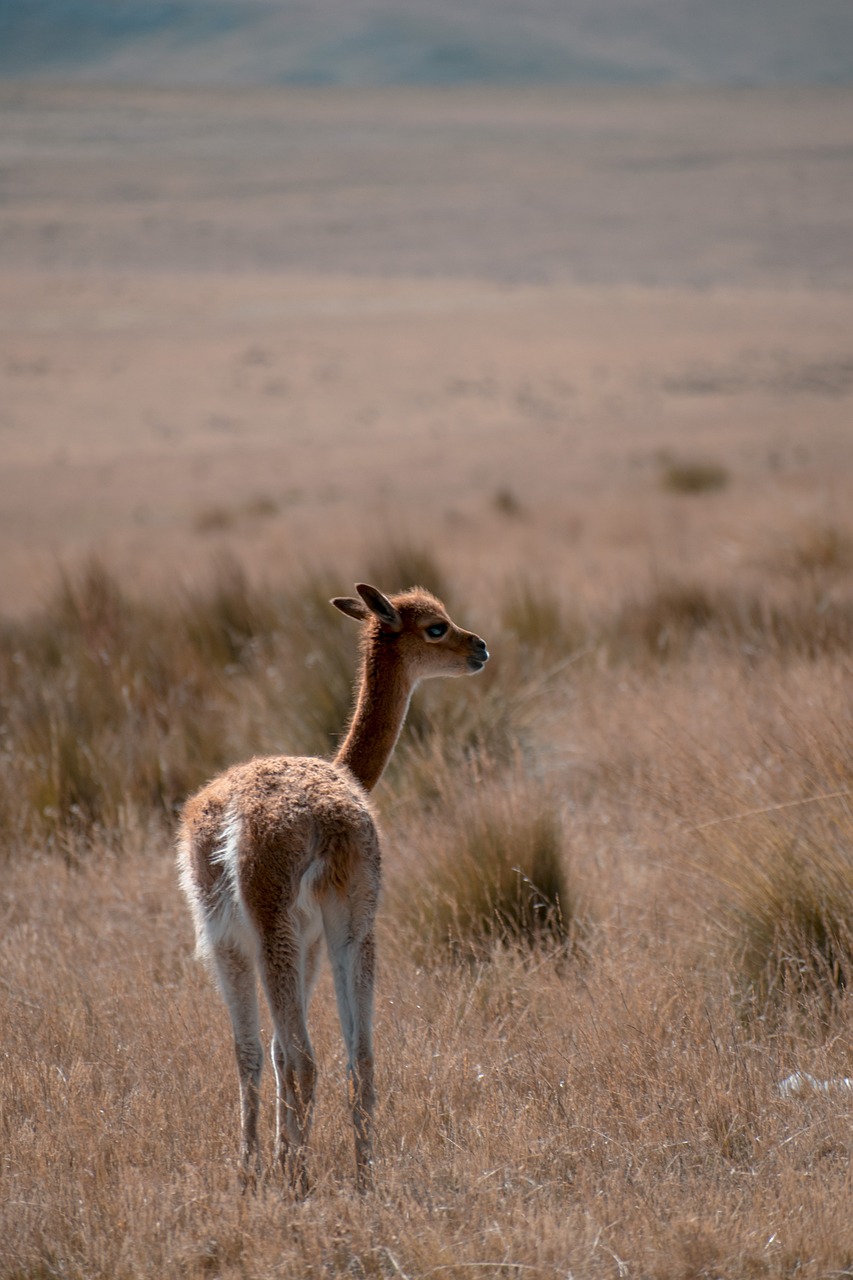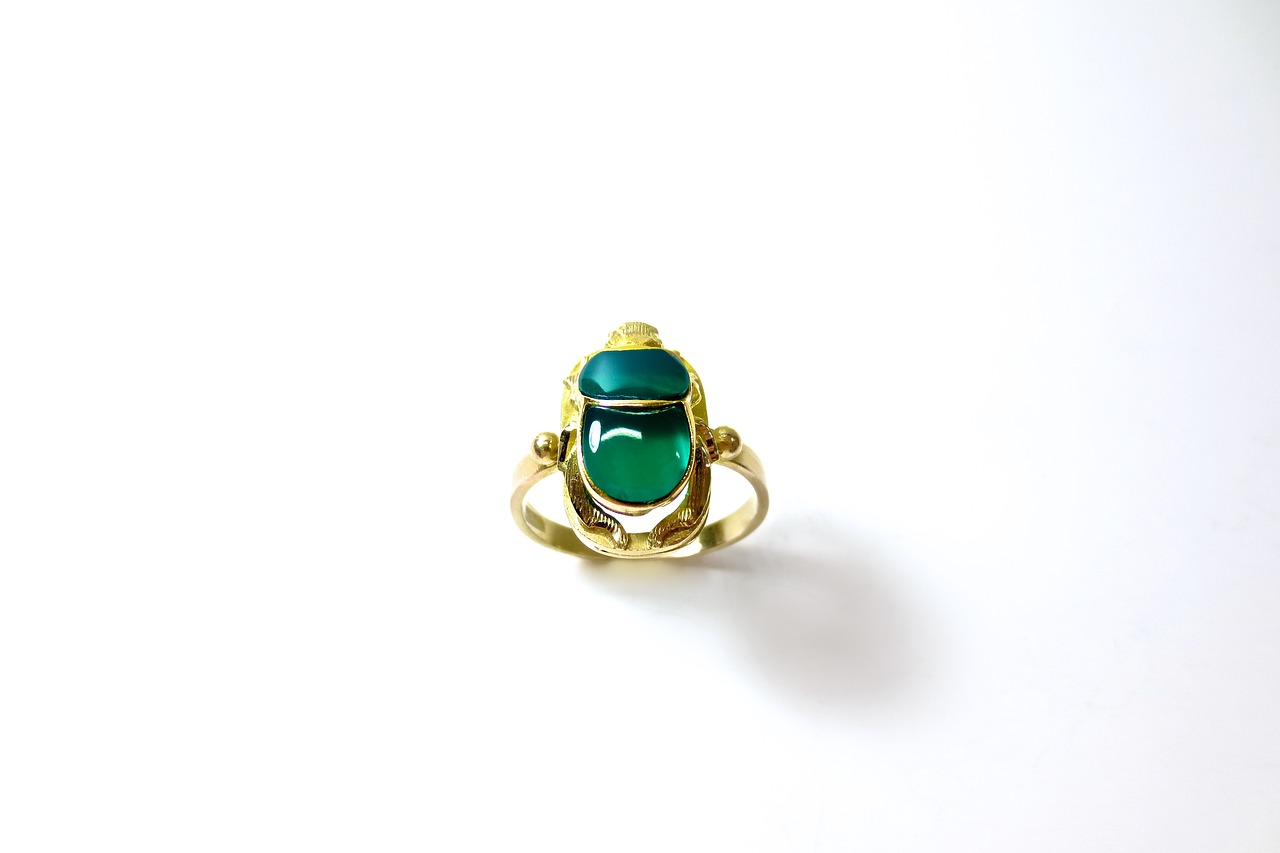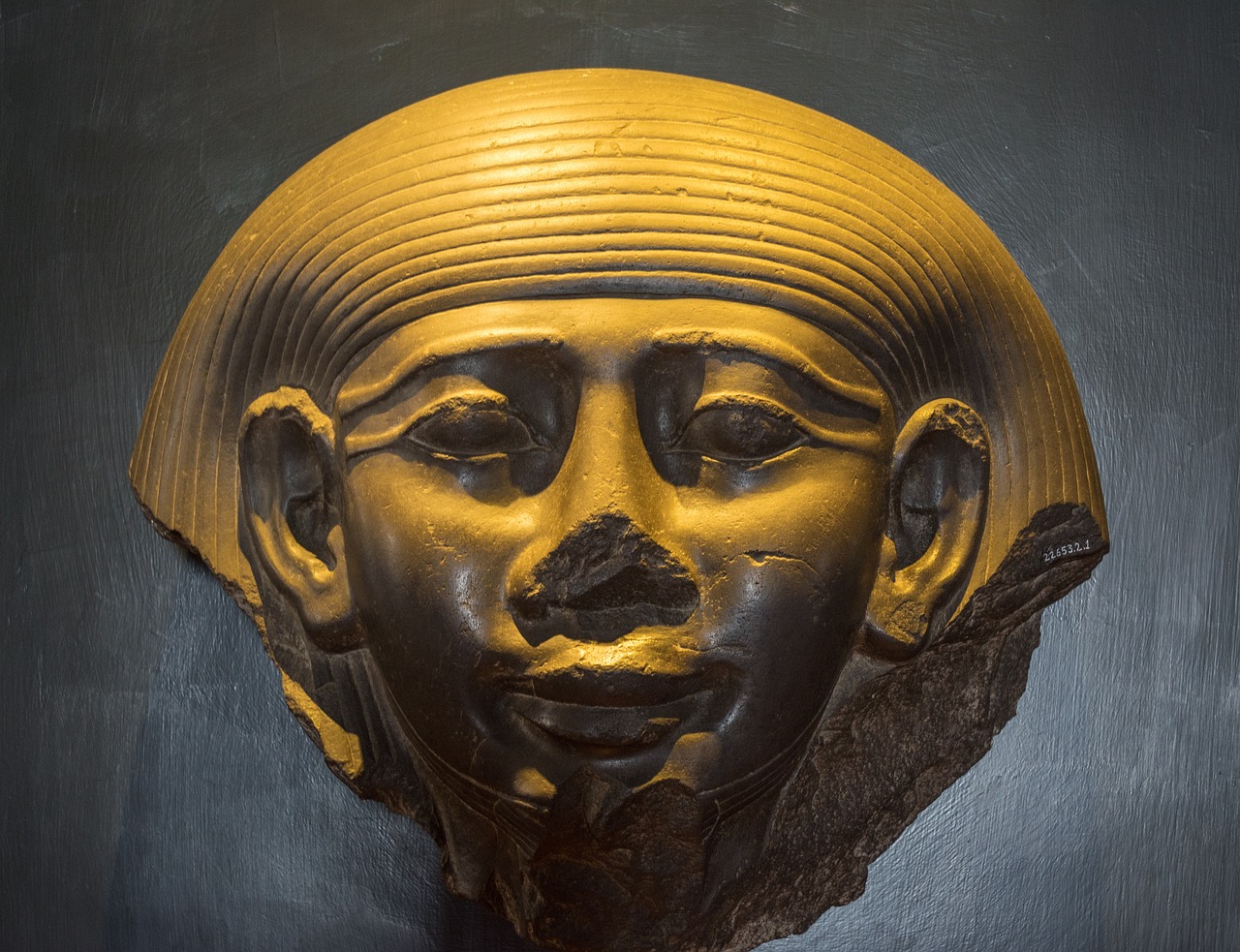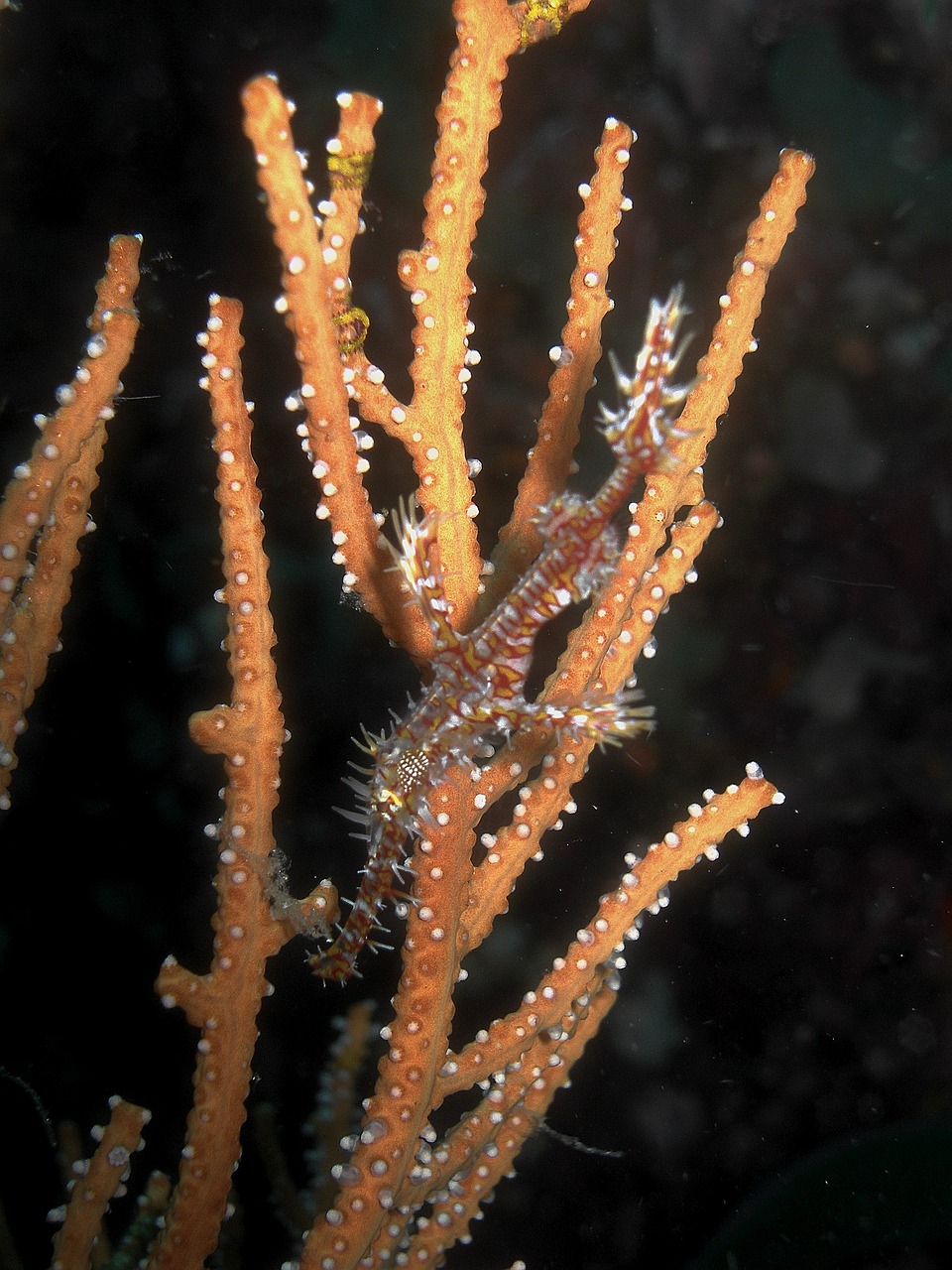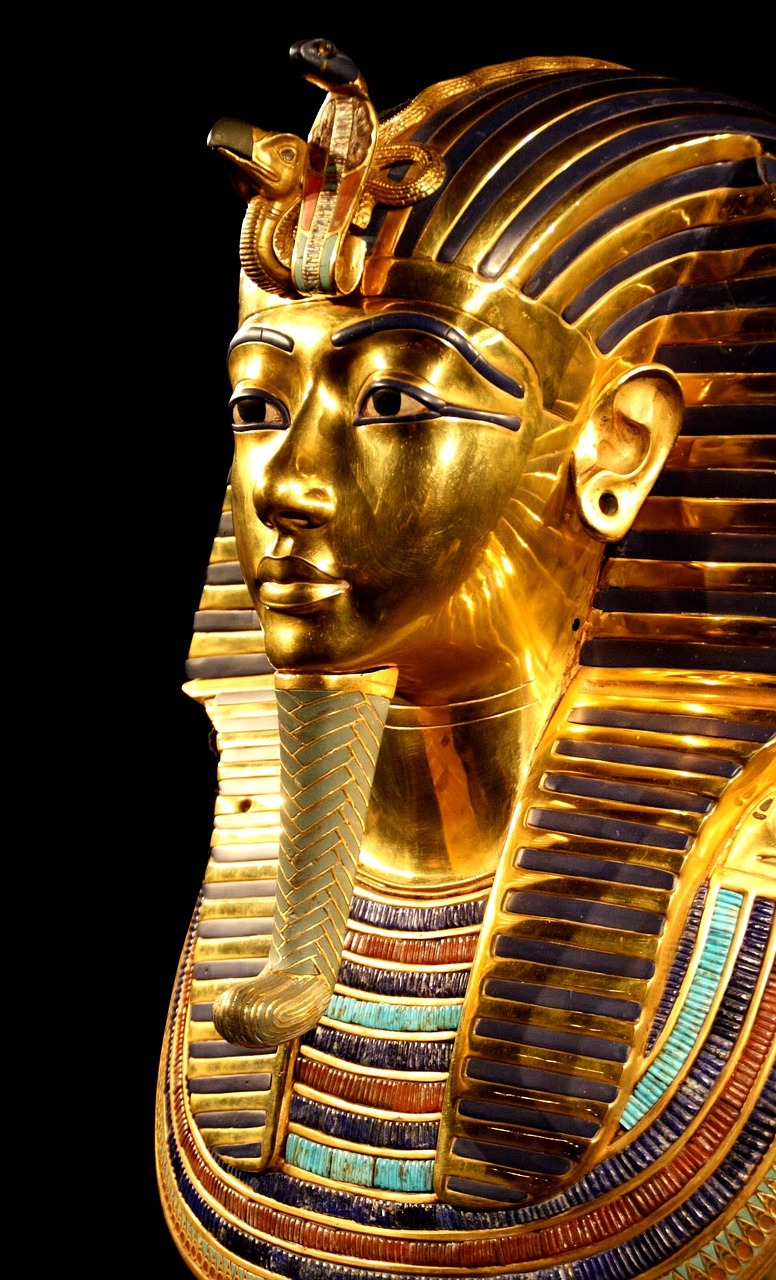Tag: ancient Egypt
-
In ancient Egyptian civilization, the goddess Heqet was a prominent figure symbolizing fertility and childbirth. Her influence was felt from the Old Kingdom through the Ptolemaic era, making her a crucial deity patronized by many women seeking care and protection in their pregnancies. Heqet played a major role in agriculture, funerary customs, and was particularly…
-
Ma’at, the revered goddess of ancient Egypt, embodies truth, justice, and balance, concepts intricately woven into the tapestry of Egyptian culture. First documented during the Old Kingdom (2613 – 2181 BCE), her essence likely existed even before this period. This divine figure is typically portrayed as a woman with outstretched wings, adorned with an ostrich…
-
Geb holds a significant role in ancient Egyptian mythology as one of the most esteemed deities. Sometimes referred to as Seb or Keb, his name can be interpreted as “the lame one” although he stands as an essential and powerful god-king in the Egyptian pantheon. In the eyes of ancient Egyptians, Geb represented the earth…
-
Provenance Overview Early History The item in question has an unclear ownership history prior to 1907, believed to have originated in Egypt. Ownership Timeline From 1907 to 1919: Acquired by Charles Lang Freer (1854-1919) in Egypt from an unknown owner. From 1920: The object became part of the Freer Gallery of Art as a gift…
-
Isis is recognized as one of the central figures among the deities of ancient Egypt. Her name, drawn from the Greek adaptation of an ancient Egyptian term, translates to “throne.” Initially, she did not possess dedicated temples and was relatively obscure, but over time, particularly during the dynastic age, her significance grew immensely. Isis eventually…
-
Life in ancient Egypt revolved significantly around the annual flooding of the Nile and the consequent fertility it endowed upon the land. It is thus evident that these vital elements are woven into the fabric of Egyptian spirituality through the figure of the crocodile god, Sobek. Initially perceived as a local deity, Sobek’s influence surged…
-
Imhotep: The Architect and Polymath of Ancient Egypt Imhotep, known in Greek as Imouthes, flourished around 2667-2600 BCE and stands out as one of ancient Egypt’s most remarkable figures. Renowned primarily as the architect behind King Djoser’s Step Pyramid in Saqqara, his name translates to “He Who Comes in Peace.” He holds the unique distinction…
-
In Ancient Egypt, not every deity enjoyed the grandeur of huge temples, state-sponsored cults, or legends of cosmic creation. Some gods were more intimately connected with daily life, such as Bes and Taweret, who were often called upon by households for protection. Meretseger is a goddess who occupied a unique position—worshipped by everyday individuals, yet…
-
The Concept of Maat in Ancient Egyptian Cosmology The ancient Egyptian worldview is characterized by a series of dichotomies that define its culture and belief system, including Upper and Lower Egypt, the realms of the living and the dead, and the fertile land contrasted with the desert. Among these, perhaps the most significant duality lies…
-
Life in ancient Egypt was heavily influenced by the annual flooding of the Nile, which endowed the land with its fertility. Consequently, it is natural to observe these elements reflected in the spiritual beliefs of the Egyptians, particularly through the worship of the crocodile deity, Sobek. Emerging initially as a local god, Sobek attained remarkable…

